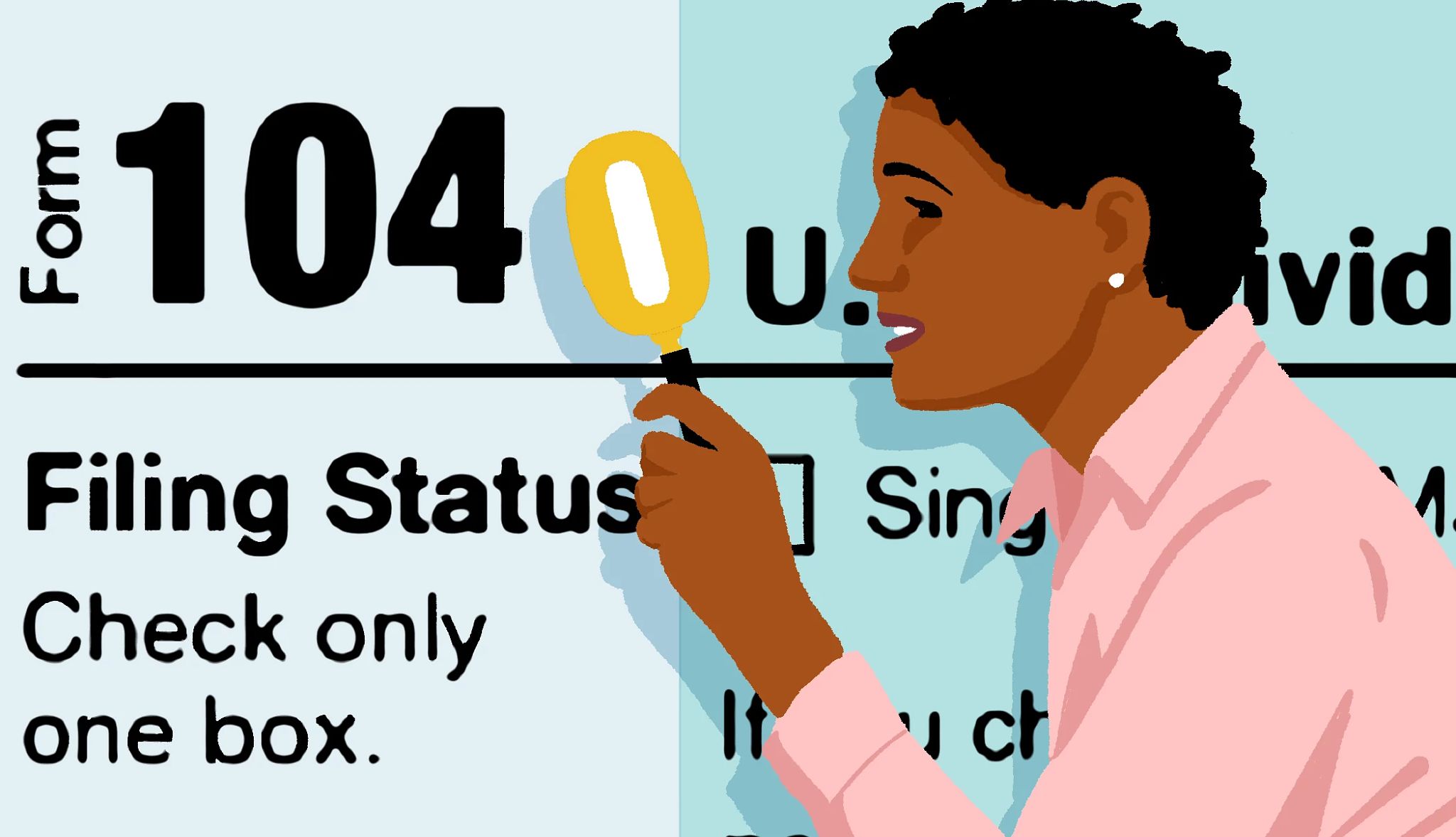AARP Hearing Center
Required Minimum Distribution (RMD) Calculator
Avoid stiff penalties for taking out too little from tax-deferred retirement plans
Change the information currently provided in the calculator to match your personal information and view your results.
AARP Tools & Calculators for Your Life
Free tools to help you better manage your finances, your health, caring for a loved one and planning for retirement.
What is a required minimum distribution (RMD), and why should I care about it?
A required minimum distribution is the smallest amount you can withdraw from your tax-deferred retirement accounts every year after a certain age without facing an IRS penalty.
The key term here is “tax-deferred.” If you have put money into a traditional individual retirement account (IRA) or 401(k) plan, you have been postponing taxes on your contributions and the resulting investment returns — not eliminating them. Eventually, you must pay taxes on that money. RMDs make sure that you do that.
Federal law sets 73 as the starting age for RMDs. You have until April 1 of the year after you turn 73 to take your first RMD. After that, the annual deadline is Dec. 31.
Let’s say you celebrated your 73rd birthday on July 4, 2024. You must take your 2024 RMD by April 1, 2025. You’ll have to take another RMD, for 2025, by Dec. 31, 2025, and by the same date each year after that.
The amount changes each year, according to your age and how much you have in your retirement savings.
Start by calculating how much you had in all your tax-deferred accounts as of Dec. 31 of the previous year. Next, find your age on the IRS uniform lifetime table and the corresponding “distribution period.” The distribution period is an estimate of how many years you (or your heirs) will be taking RMDs from your accounts.
If you’re 73, for example, the distribution period is 26.5 years, based on your life expectancy. Then, divide your balance by the distribution period. Let’s say you have a combined $100,000 in your tax-deferred retirement accounts; $100,000 divided by 26.5 is $3,773.58 — that’s the amount you must withdraw. If your combined state and local tax rate is 25 percent, you’ll owe $943 in taxes on your RMD.
You can take your total RMD out of one account, or take bits from each one, so long as you withdraw the entire required minimum.
- Traditional IRAs
- Traditional 401(k)s and other workplace retirement plans, such as 403(b) and 457 accounts
- Simplified Employee Pension (SEP) IRAs
- Savings Incentive Match Plan for Employees (SIMPLE) IRAs
- Profit-sharing plans
- Other defined contribution plans
Roth IRAs and workplace plans are funded with after-tax contributions and don’t require RMDs until after the owner dies. (If you leave a Roth account to an heir, they may be on the hook for RMDs.)
There’s also an exception if you keep working past age 73 at a job where you have an employer-sponsored retirement plan. In this case, even though you’re at RMD age, you can defer the minimum withdrawals on that account. You won’t have to start making them until April 1 of the year after you stop working. However, if you have IRAs, or other retirement accounts from past jobs, you will have to take RMDs from them.
Don’t skip (or skimp on) an RMD. If you do not take any distributions, or if the distributions are not large enough, you may have to pay a 25 percent excise tax on the shortfall in your withdrawal, under IRS rules. Suppose you miss a $4,000 RMD — that means a $1,000 penalty. You may be able to reduce the excise tax to 10 percent if you make good on the full withdrawal within two years.
Explore Money Articles
Recommended for You
AARP Tools to Manage Finances


AARP Membership
Join AARP for just $15 for your first year when you sign up for automatic renewal. Gain instant access to exclusive products, hundreds of discounts and services, a free second membership, and a subscription to AARP The Magazine.








































































